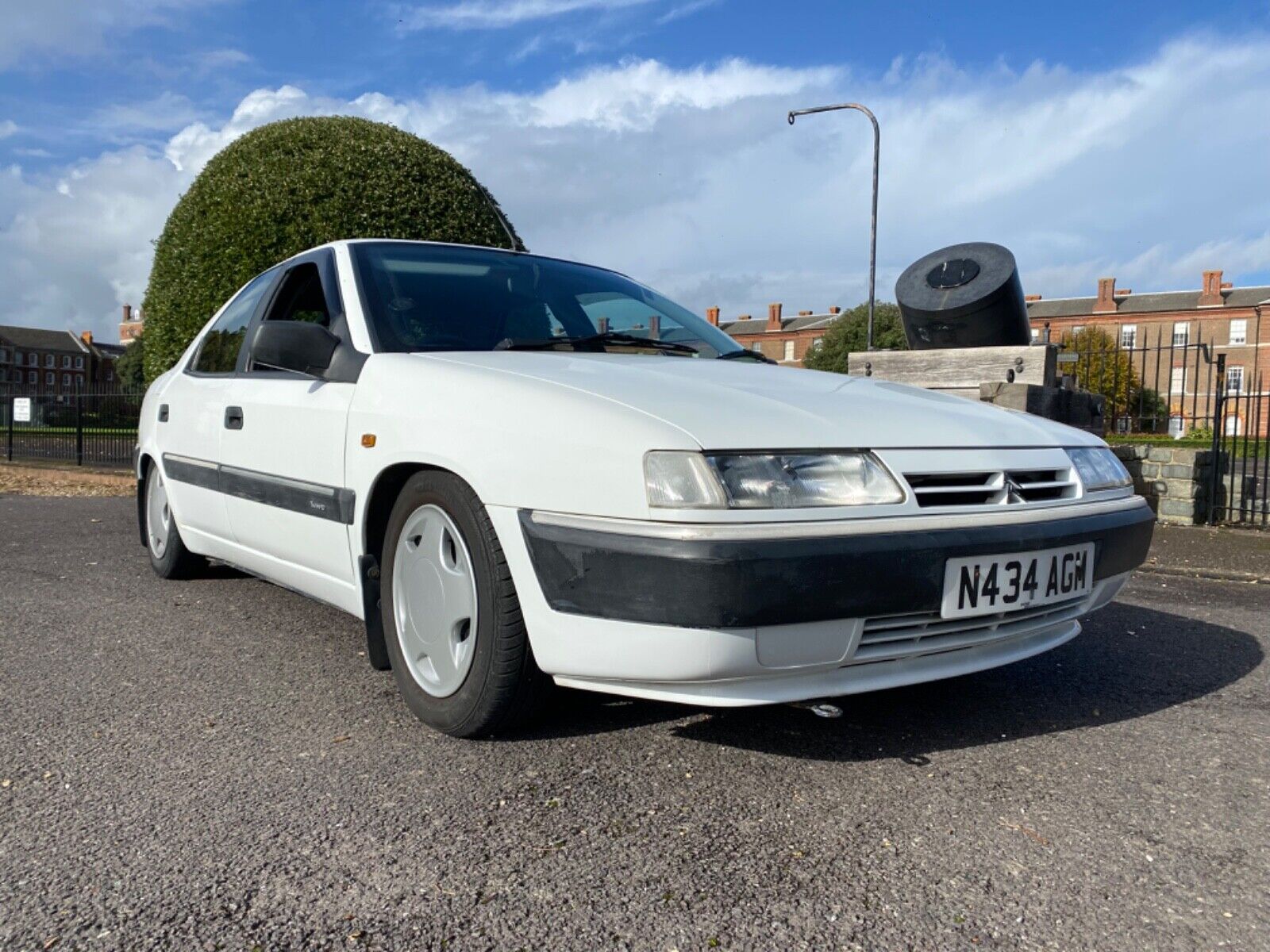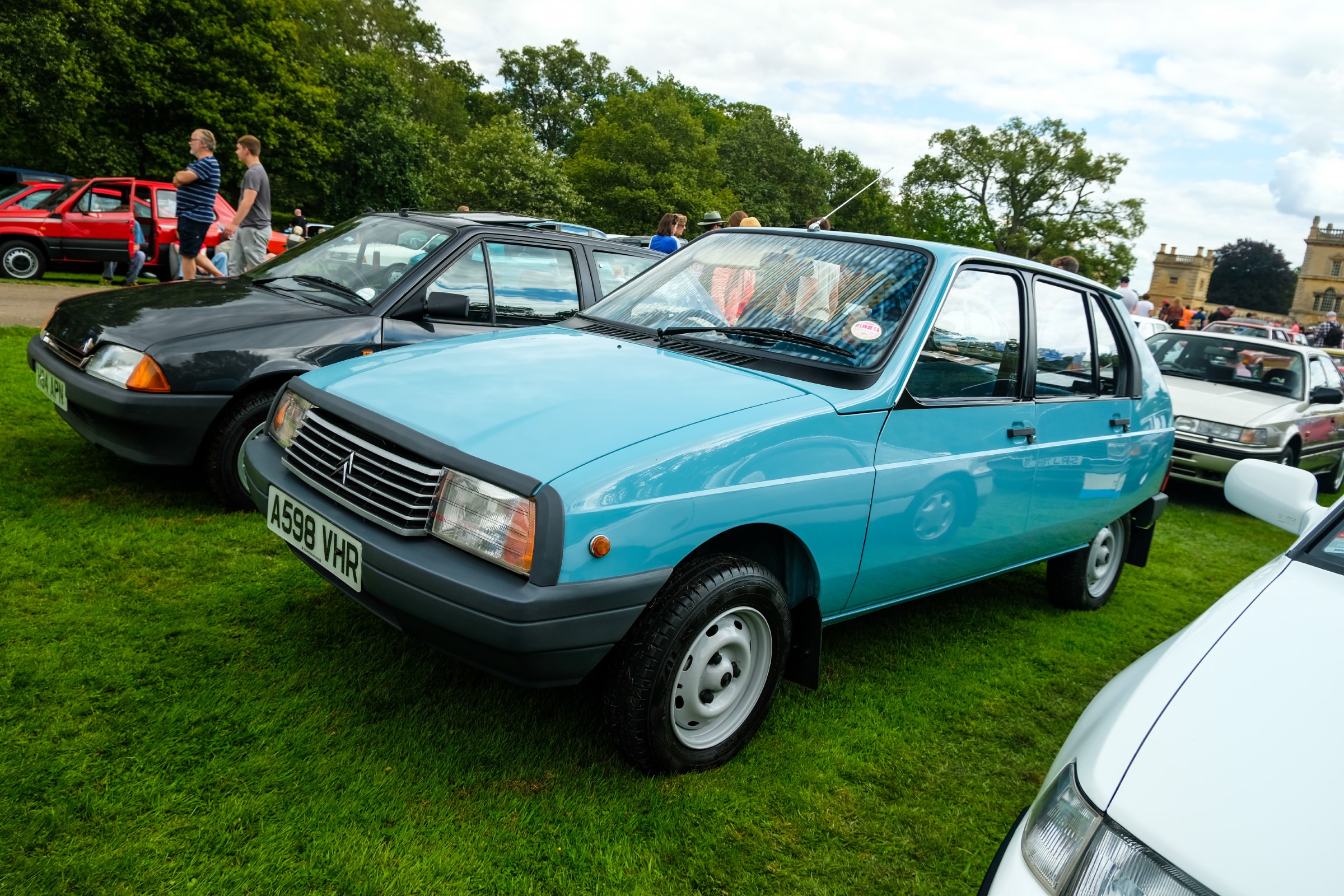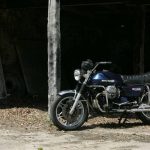Price: £2500
Mileage: 89,000
Condition: Tidy
Advert: eBay
At face value, the Citroën Xantia is a perfect candidate for our Unexceptional Classifieds series, to the point I’m wondering why we’ve not written about one yet. They were popular enough to have been part of the furniture in the 1990s, yet driven into the ground like so many of their contemporaries. That makes them rare today – and relatively overlooked alongside more accepted classics from the Citroën stable. Ticks all the boxes, doesn’t it?

So this is us, er, writing that wrong, having found a representative example of the breed for sale on eBay. Better still, the seller describes it as being a base model, which in Citroën-speak means its name isn’t appended by an LX or an SX or a VSX; the original owner simply walked into a Citroën dealership and bought “a Xantia”.
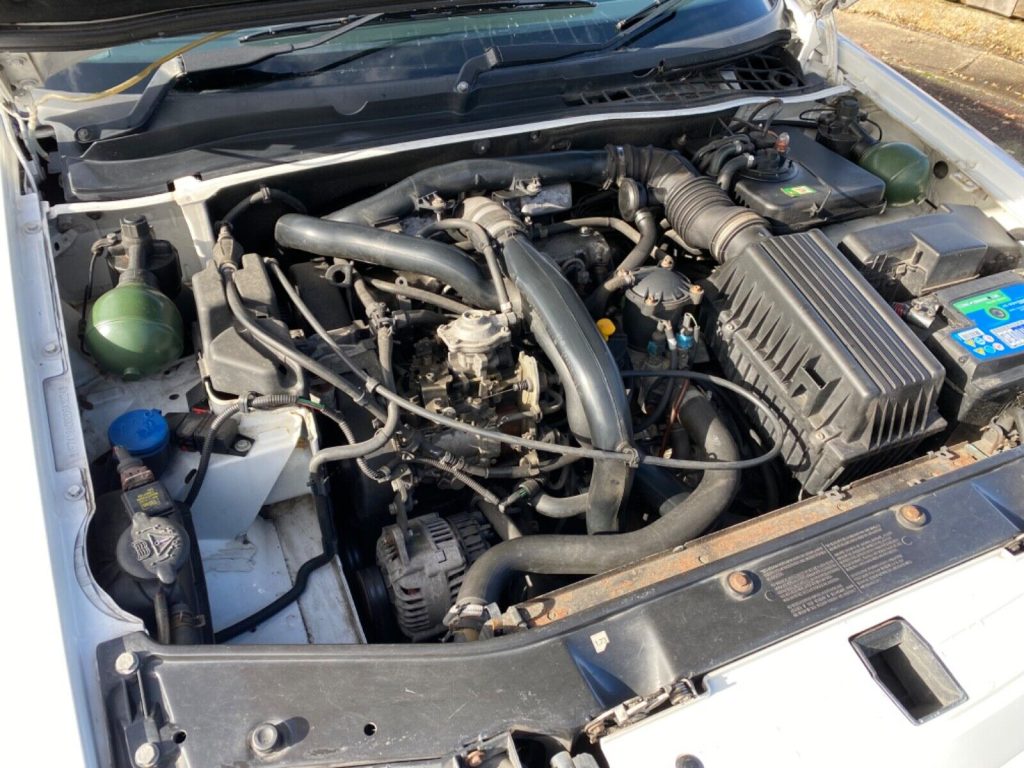
They did spend a little extra to get the turbodiesel, however (below this in the range Citroën also offered a non-turbo 1.9-litre diesel), and with 91bhp and 145lb ft of torque, the TD was more potent than either the 1.6- or 1.8-litre naturally aspirated petrol engines, too. Citroën (and its PSA neighbour Peugeot) was a market leader in diesels at the time, with only Mercedes-Benz, BMW, and (arguably) Volkswagen offering anything like the same performance and refinement in their diesel models.
As a 1996 car, this Xantia is a pre-facelift model, though it does have its Citroën chevrons on the grille rather than above it, like the earliest cars. Its base-model status is given away by the conspicuous blanks in the front bumper where fog lights might otherwise be, and by the wind-up windows visible inside. That said, as a later pre-facelift car, even this base model does get a driver’s airbag, and the wheel even has a few decadent buttons for controlling the radio.
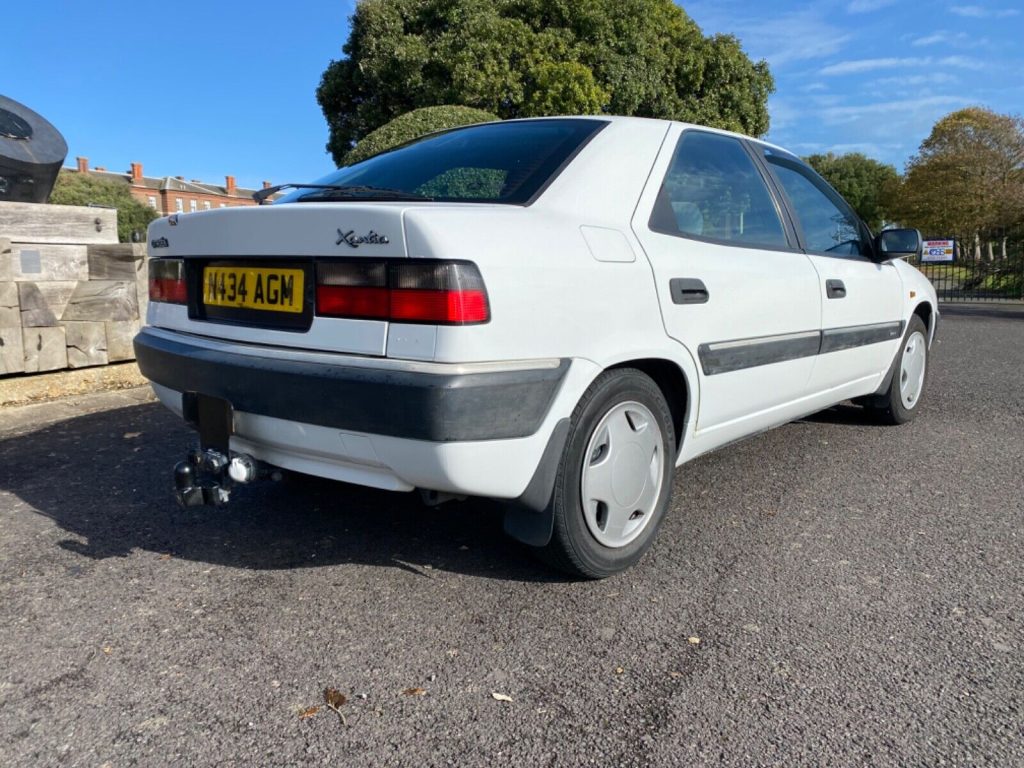
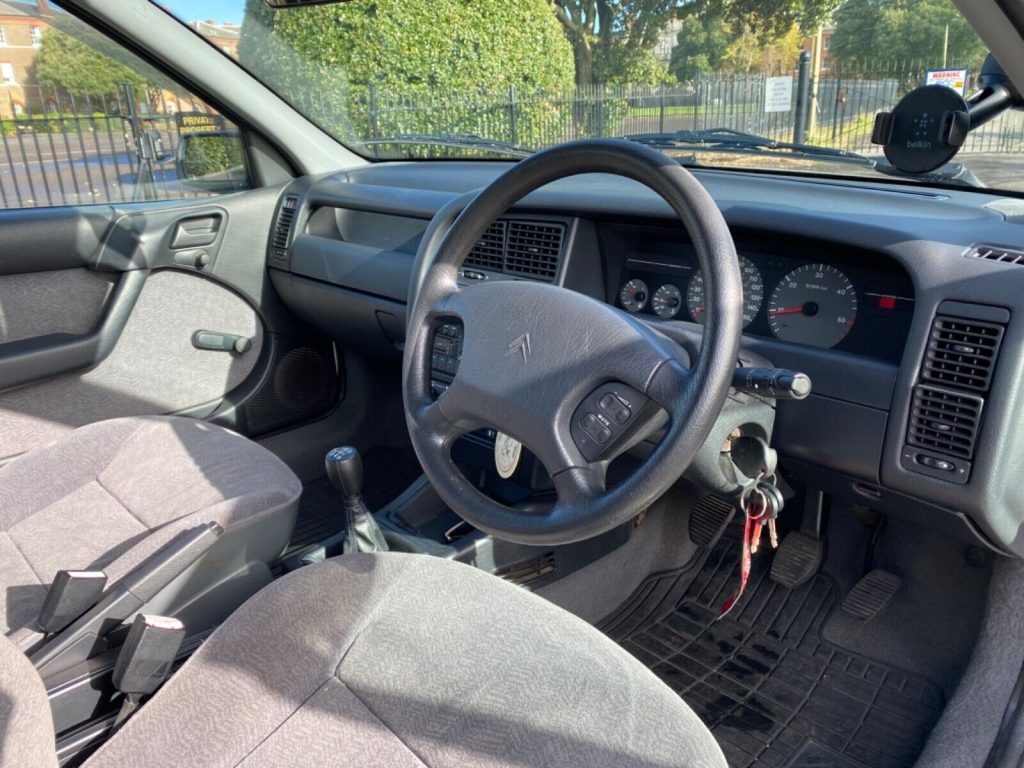
It’s easy to forget following the whirlwind of praise that accompanied Ford’s Mondeo, but the Xantia was very well received at launch in 1993. Car magazine, so often accommodating of cars that thought outside the box, praised the way it looked and drove, and while Autocar was more cautious, nailing its colours to the Mondeo mast in its original Xantia road test, that was partly on account of the old 1.8-litre petrol. Autocar did acknowledge that the Xantia was more attractive than its rivals, and a later drive of the TD confirmed its superiority in performance and refinement.
Which would you buy today? A well looked-after Mondeo is still a very fine thing indeed, but providing everything is working (and the seller claims it is), the Xantia should be ideal for dealing with Britain’s lousy road surfaces (it’s hydropneumatic, of course), and the TD should still feel gutsy (if not quite as refined as it might have done in the ‘90s).
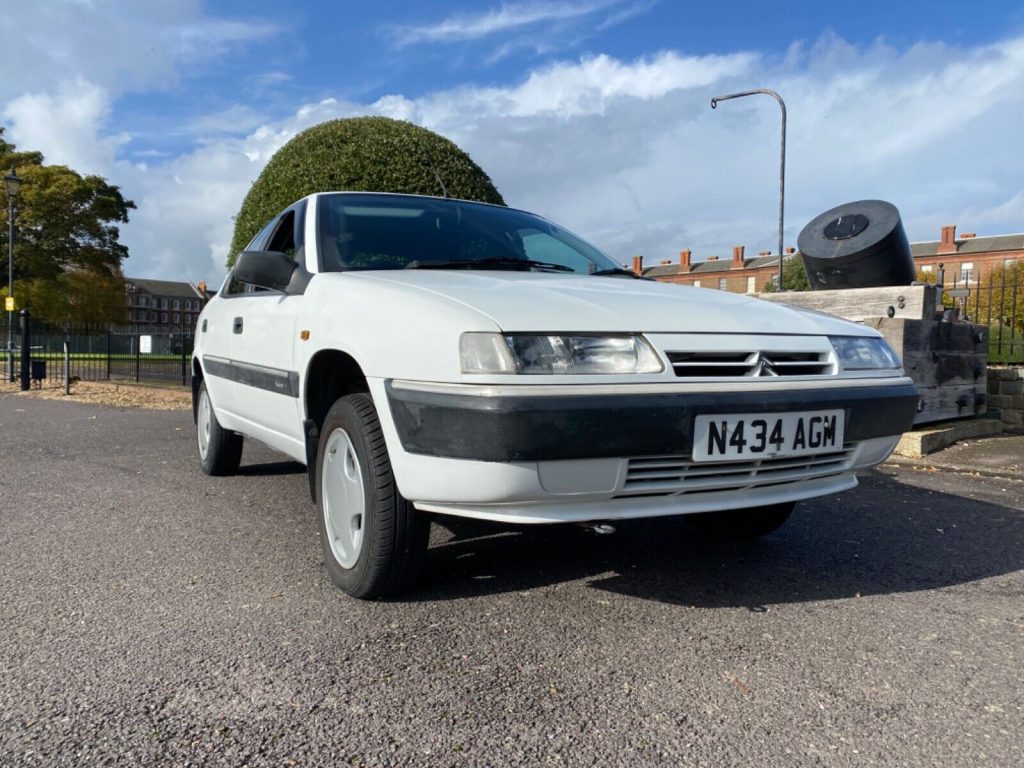
Some seat sag is the only notable wear inside or out, and the MOT history (with a ticket running until October 2024) doesn’t seem too scary, though you might wish to throw a set of tyres on it to be on the safe side.
Remove the tow bar to tidy up that rear end, give the paintwork and interior a thorough polish and a clean, and it’s a car that’d fit right in at next year’s Festival of the Unexceptional.
